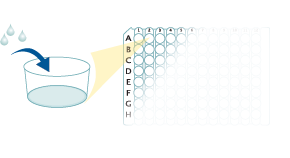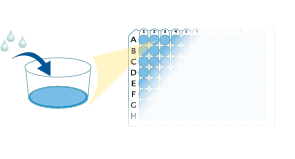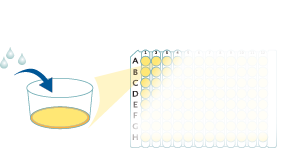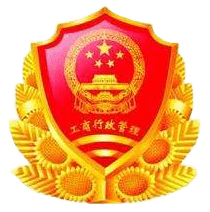



 下载产品说明书
下载产品说明书 下载SDS
下载SDS 用小程序,查商品更便捷
用小程序,查商品更便捷



 收藏
收藏
 对比
对比 咨询
咨询Product Summary
Recovery
The recovery of Substance P spiked to levels throughout the range of the assay in various matrices was evaluated.
| Sample Type | Average % Recovery | Range % |
|---|---|---|
| Cell Culture Media (n=4) | 94 | 82-110 |
| Heparin Plasma (n=4) | 100 | 85-116 |
| Saliva (n=4) | 102 | 90-110 |
| Serum (n=4) | 101 | 85-117 |
| Urine (n=4) | 89 | 76-107 |
Linearity
Scientific Data
Assay Procedure
Refer to the product- Prepare all reagents, standard dilutions, and samples as directed in the product insert.
- Remove excess microplate strips from the plate frame, return them to the foil pouch containing the desiccant pack, and reseal.
- Add 100 µL of Calibrator Diluent to the non-specific binding (NSB) wells.
- Add 50 µL of Calibrator Diluent to the zero standard (B0) wells.
- Add 50 µL of Standard, Control, or sample to the remaining wells.
- Add 50 µL of Primary Antibody Solution to each well (except the NSB wells).
- Add 50 µL of Conjugate to each well. Cover with a plate sealer, and incubate at room temperature for 3 hours on a horizontal orbital microplate shaker.
- Aspirate each well and wash, repeating the process 3 times for a total of 4 washes.
- Add 200 µL Substrate Solution to each well. Incubate at room temperature for 30 minutes on the benchtop. PROTECT FROM LIGHT.
- Add 50 µL of Stop Solution to each well. Read at 450 nm within 30 minutes. Set wavelength correction to 540 nm or 570 nm.






Substance P Parameter Assay Kit Summary

Background: Substance P
Substance P (SP, Neurokinin-1), is member of the Tachykinin peptide family and binds primarily to the Neurokinin 1 Receptor (NK1R, Substance P receptor, Tachykinin receptor 1) and with low affinity to the NK2 and NK3 receptors. Substance P is processed from preproTachykinin a, b, g and d isoforms that also generate other Tachykinins Neuropeptide K, Neurokinin A, Neurokinin B, and Neuropeptide G. Substance P is produced in the central nervous system, primary sensory neurons (C-type fibers), and endocrine cells of the intestinal mucosa. It triggers pain signals in the spinal cord dorsal horn as well as hypotension, tachycardia, release of inflammatory mediators, and direct antimicrobial action.









 危险品化学品经营许可证(不带存储) 许可证编号:沪(杨)应急管危经许[2022]202944(QY)
危险品化学品经营许可证(不带存储) 许可证编号:沪(杨)应急管危经许[2022]202944(QY)  营业执照(三证合一)
营业执照(三证合一)